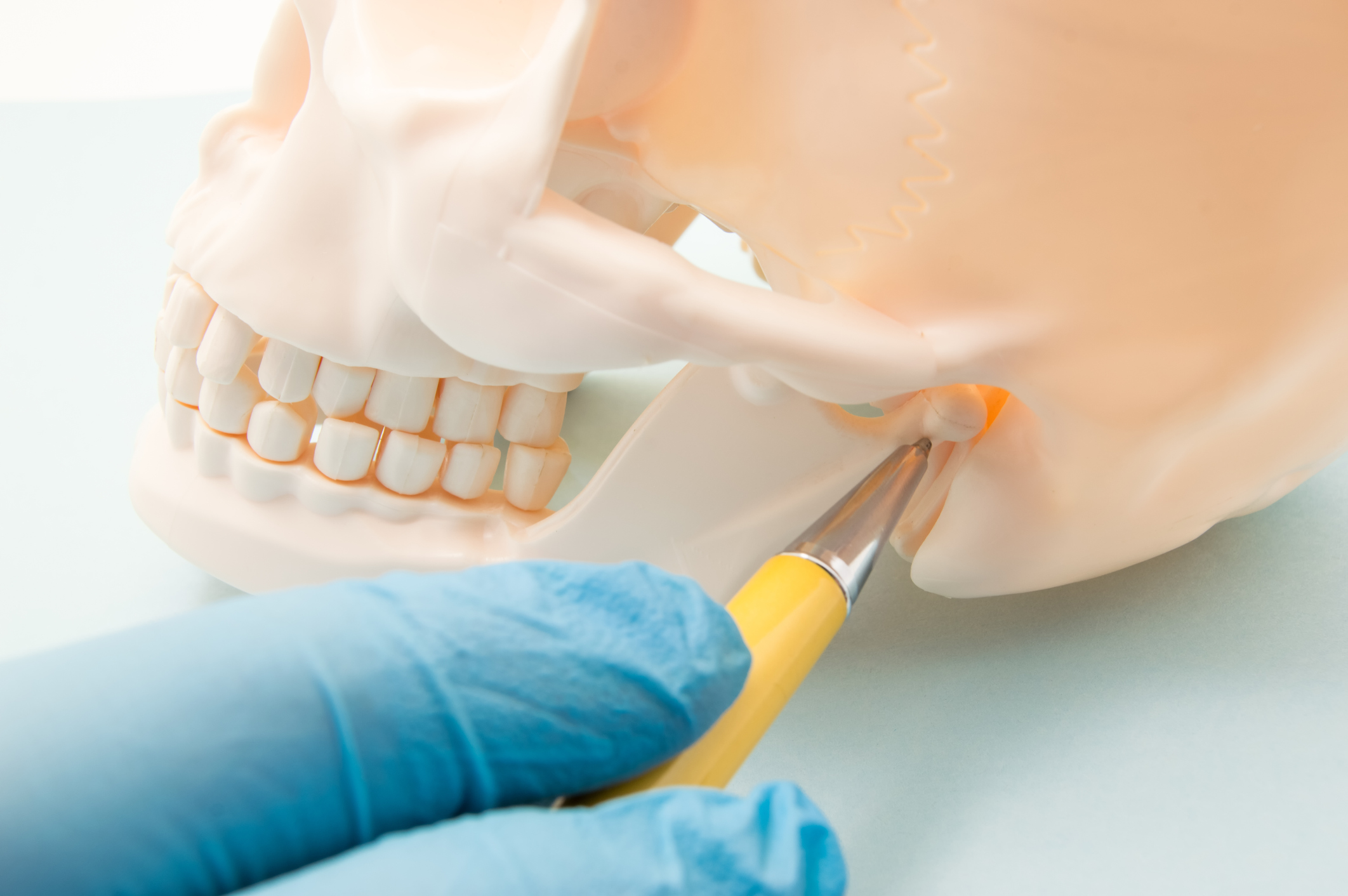
Temporomandibular joint (TMJ) disease, also known as temporomandibular disorder (TMD), refers to a group of conditions that affect the temporomandibular joint, which is the joint connecting the jawbone (mandible) to the skull near the ear on both sides of the face. TMJ disease encompasses various problems related to the jaw joint, the muscles that control jaw movement, and the surrounding structures.
The exact cause of TMJ disease is often difficult to determine, but it can be attributed to several factors, including:
- Jaw injury: Trauma to the jaw, such as a blow or impact, can lead to TMJ problems.
- Jaw misalignment: Misalignment of the jaw joint or the teeth can contribute to TMJ symptoms.
- Bruxism: Habitual teeth grinding or clenching, often occurring during sleep, can strain the TMJ and surrounding muscles.
- Arthritis: Various forms of arthritis, such as osteoarthritis or rheumatoid arthritis, can affect the TMJ.
- Stress: Emotional or psychological stress can cause individuals to clench their jaw muscles, leading to TMJ symptoms.
Symptoms of TMJ disease can vary but commonly include:
- Jaw pain or tenderness.
- Difficulty or discomfort while chewing.
- Clicking, popping, or grinding sounds when opening or closing the mouth.
- Locking of the jaw joint, making it difficult to open or close the mouth.
- Headaches, neck pain, or earaches.
- Facial muscle fatigue or spasms.
TMJ disease can be diagnosed by a healthcare professional, such as a dentist or an oral and maxillofacial specialist. The treatment options depend on the severity and underlying cause of the condition. They may include:
- Self-care measures: Applying moist heat or cold packs, eating soft foods, avoiding extreme jaw movements, and practicing relaxation techniques.
- Medications: Over-the-counter pain relievers, muscle relaxants, or anti-inflammatory drugs can help alleviate symptoms.
- Dental treatments: Oral splints or mouthguards can help stabilize the jaw and prevent teeth grinding. Orthodontic treatment may be necessary to correct jaw misalignment.
- Physical therapy: Exercises and stretches targeted at the jaw joint and surrounding muscles can improve flexibility and reduce pain.
- Invasive procedures: In severe cases, surgery may be recommended to repair or replace the joint.
It’s important to consult with a healthcare professional for an accurate diagnosis and appropriate treatment plan tailored to your specific situation.
See More on Video

The TMJ No More By Christian Goodman In this eBook the author has shared he has shared his experiences while treating his 12 years old chronic problems of severe tinnitus and TMJ disorders. He has enabled thousands of people all over the world, regardless of their gender, by teaching them how to get rid of their disorders related to TMJ faster than your expectations without using any drugs, mouth guards to splints or facing the risk of any surgery.